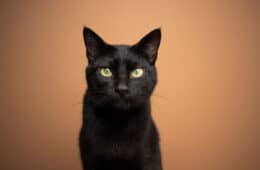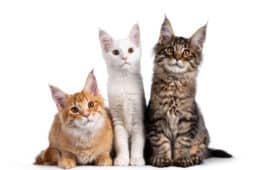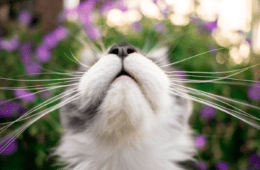Did you ever wonder why various cultures throughout history hold such reverence for cats? What made them deserving of worship and adoration? In this article, we will explore the sacred history of cats and unravel the fascinating reasons behind their elevated status.
From the beginnings of worship to their role as protectors, we will dive into ancient Egypt's worship of Bastet, the revered goddess. Additionally, we'll examine how cats in Japan play a significant role and how they are closely associated with good fortune.
Finally, we'll examine how people today continue to cherish cats and how these fascinating creatures impact our lives. Get ready to discover the extraordinary journey of our feline friends through time.
The Beginnings Of Worship
"I have studied many philosophers and many cats. The Wisdom of cats is infinitely superior." Hippolyte Taine. (19th Century French Critic and Historian)
If you're a cat lover, you may have experienced ridicule from someone in your life. That person likely does not share your love of felines.
Whether it's:
"I can't believe the money, you spend on your cat", or
"you really give her a birthday present", or
"Why do you spend so much money on vet bills?"
They mock us for caring about our cats and accuse us of "worshipping" them. Well, next time they accuse you of worshipping them you can tell them you're not the first. The sacred history of cats has a very long timeline.
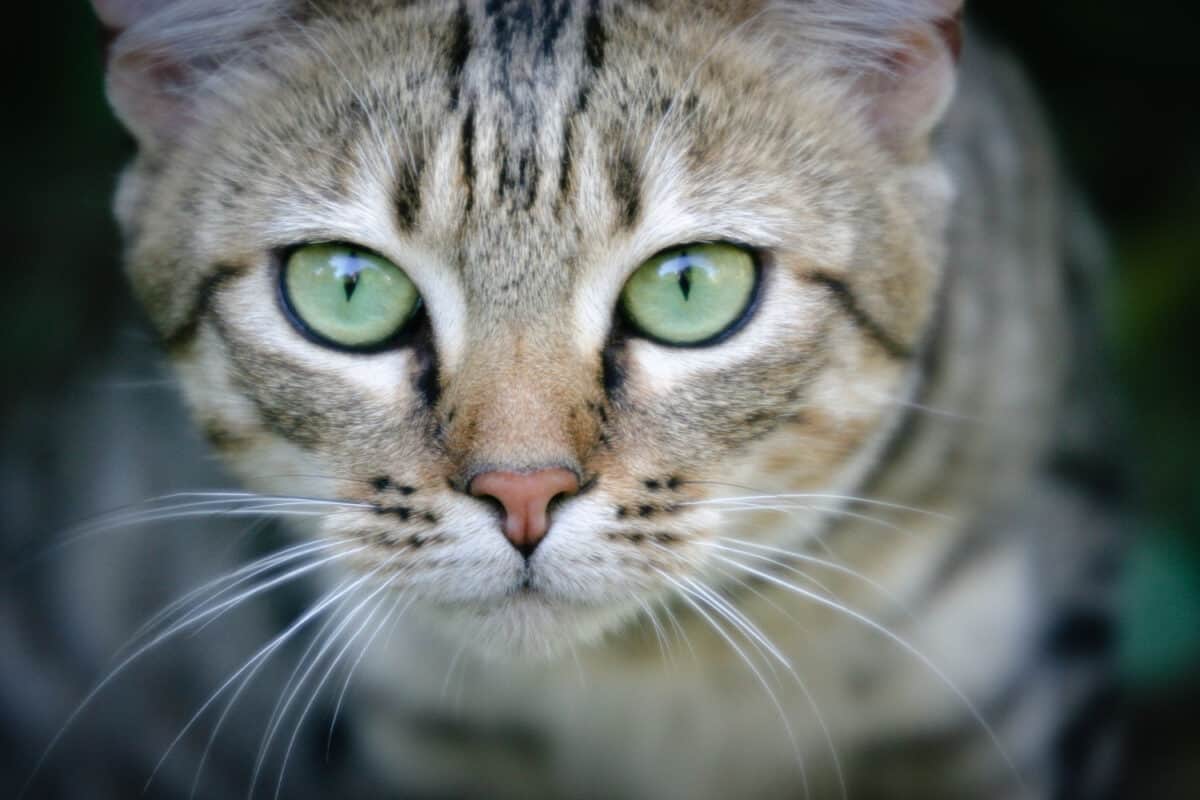
Guardians Of Grain And Home
The first recorded examples of cat worship occurred some 4950 years ago in ancient Egypt. Cats chose to live with their Egyptian neighbors some 4000 to 6000 years ago.
They wandered into Egyptian villages and formed a unique and mutually voluntary relationship with humans. No other animal had ever chosen to become domesticated by people. The history of cats reveals their profound significance in human civilizations.
A Shield Against Rodents
It is crucial to understand the important role cats played in the life of ordinary Egyptians. This is what helps us to understand why cats became central to their religious beliefs.
The ancient Egyptians were farmers and stored excess grain to live on between harvests. Rodents infiltrated and consumed the grain. The African Wildcat, the ancestor of today's house cat, became, and today remains, one of the best rodent controllers available.
According to Desmond Morris Zoologist, internationally recognized expert on cats, and author of Cat World: A Feline Encyclopedia
"There was certainly a great love of cats..it's really easy to understand, Egyptian society depended on the grain stores, the grain stores were the basis for Egyptian success and when the mice attacked those grain stores and the Egyptians observed the cats were killing the mice...that was really the start of the whole history of domestication of the cat because the Egyptians then started to look after these cats."
Desmond Morris
Defenders Against Danger
Cats protected man's essential commodity - food - from its greatest threat - the rodent. Also, the cat protected Egyptian families from the regular threat of snakes in Egypt.
It was not uncommon for a poisonous snake to wander silently into a man's home. This threatens his wife and children with possible death. "They would have protected households against probably any small animals maybe snakes maybe plagues of locust," says Morris.
Cats were Egyptians' best protectors of their homes and loved ones. They provided protection from mice, which threatened their food, and snakes which threatened their lives.
The Rise Of Bastet
The cat took on the role of the domestic working cat in Egypt. This occurred because the cat protected them, establishing a very practical beginning. "It developed to the point where later on the cat became not just a household pet but a sacred animal," says Morris.
Bastet, the Revered Goddess
According to Jaromir Malek, author of The Cat in Ancient Egypt, the Egyptians deified the cat as Bastet during the twenty-second dynasty around 975 BC. Her name literally means "She of the City of Bast." Bastet was one of the most revered gods in all Egyptian religions.
While she initially served as a local goddess, her popularity rapidly spread throughout Egypt. She was a nurturing goddess of fertility, motherhood and prosperity, happiness, and well-being.
She peaked during the Ptolemaic period from 332-30 BC. Bastet was worshipped in Egypt for over 1000 years. Throughout the ages, the history of cats showcases their enduring presence in cultural narratives.
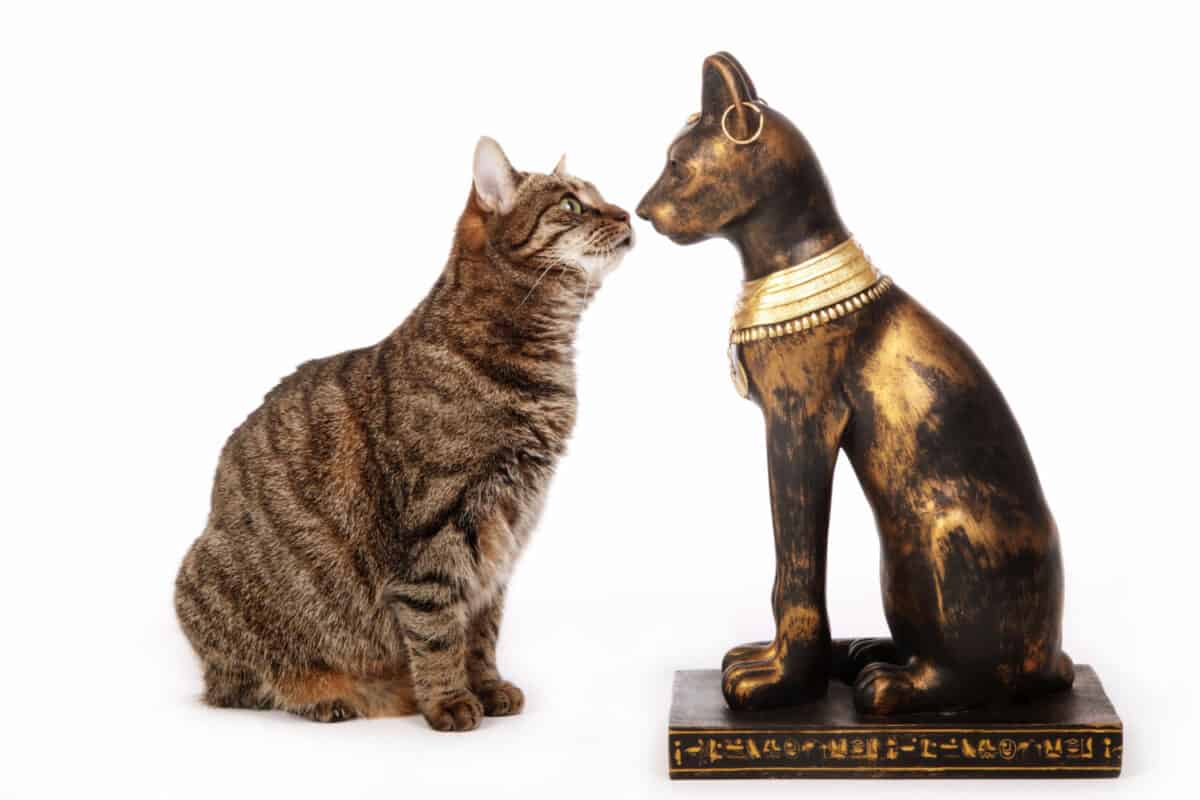
The Festival of Bastet
The Egyptians held an annual festival in the city of Bubastis honoring Bastet.
"The festival was the most popular one in ancient Egypt it was particularly licentious because the cat was always thought of as a licentious animal, the sacred cat was thought of as being linked to sexual license and apparently a vast amount of alcohol was consumed, and a great deal of sex took place, and that was why the sacred temple of Bubastis held the most popular festival in Egyptian religion at the time."
Desmond Morris
At the center of this festival was Bastet's temple where sacred cats were pampered and worshipped.
The Cat's Sacred Status
"We know from the (Greek Historian) Herodotus that people were very sensitive about their cats." "He reports that the angry Egyptians stoned a Roman soldier that killed a cat." "Additionally, there are records that families would shave off their eyebrows in the morning." Morris recounts that some households would practice this when a cat died.
People mummified cats when they died so that they could accompany their owners in the afterlife. "The idea was if your cat had died you had it mummified."
Morris says, "You also took it there to bury in the sacred temple." While many animals were worshipped in ancient Egypt, none were universally cherished as much as the cat.
Bastet and Fertility
In ancient Egypt, Bastet represented fertility for the people. Certainly, fertility was important because the cat was fertile." It had a very ornate sexual life and also provided fertility to the Egyptians by protecting their crops.
"In an agricultural world, your farmer needs to have sons and daughters to work on the farm. "So fertility was important," says Morris.
The Egyptian Mau and the Lineage History of Cats
Today's breed the Egyptian Mau is a direct descendant of the cat in ancient Egypt. Though in many ways, the lineage of all domestic cats can be traced back to the magnificent Egyptian Wildcat. Her incarnation is the Goddess Bastet.
SIGN UP FOR THECATSITE'S EMAIL UPDATES >
The Norwegian Forest Cat: The Connection To Good Fortune
The Norwegian Forest Cat plays an important role in Norse Mythology.
"The main (folk tale) goes back to Norse mythology, Freya rode around in her sled that was pulled by two large white cats that were so huge that (the God) Thor couldn't pick them up and the Norwegian people claim that those were Norwegian Forest Cats".
Jim Couch; Breeder of Norwegian Forest Cats and President of the Norwegian Forest Cat Fancy Association
Freya was the blue-eyed blonde Viking Goddess of love, sex, and fertility. The sexual nature of cats led to their connection with Freya. An old Norwegian folk tale says that if a person puts a pan of milk in their fields for Freya's cats to drink, she would protect their crops. The connection between cats and crops might have been related to the fact that cats protected crops from mice.
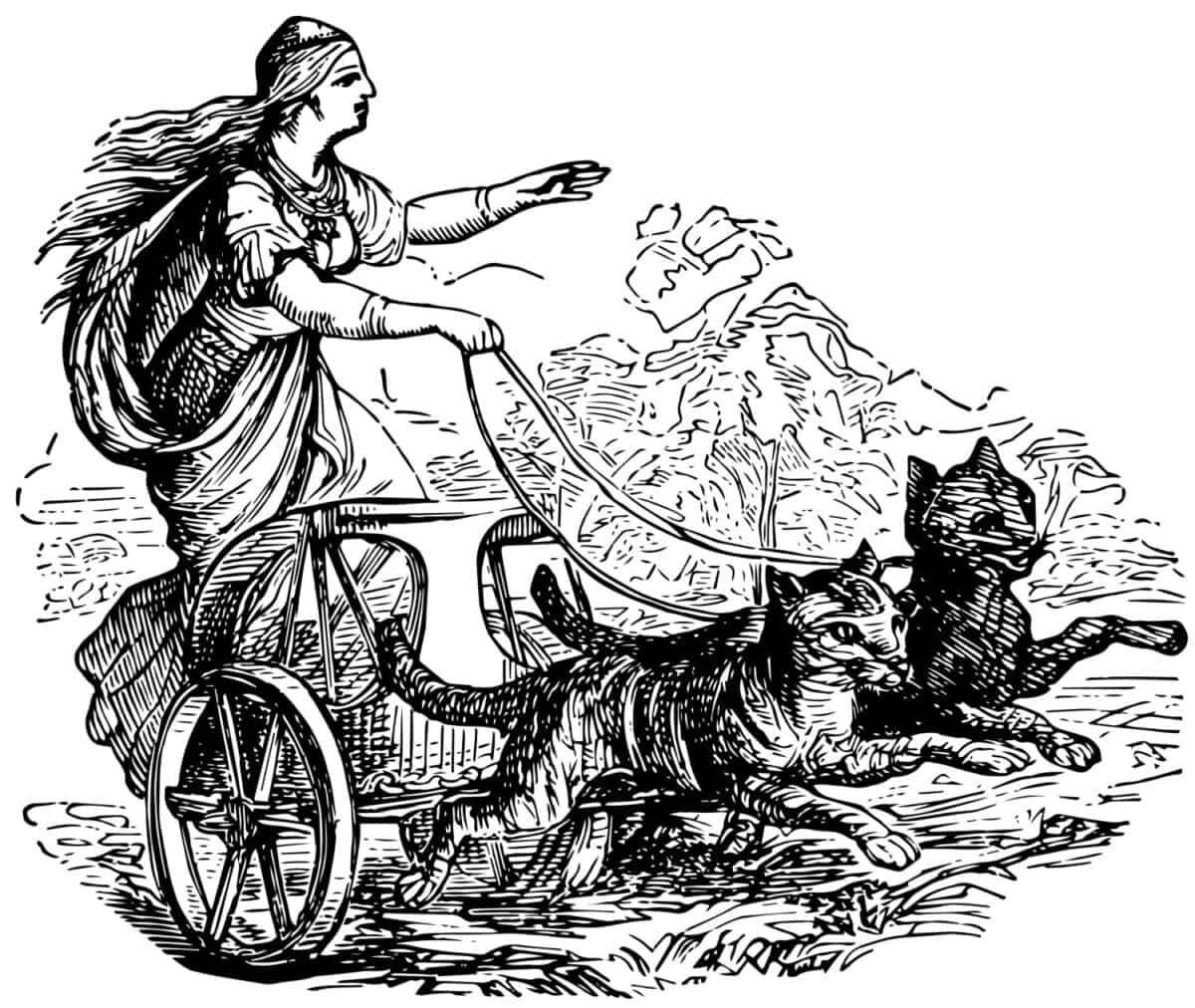
The Siamese: A Symbol of Luck and Prestige
The Siamese is considered a good-luck cat in its native Thailand and its name Maew Kaew actually means Moon-Diamond.
In Thailand, Siamese cats, along with other breeds, were and in some places still are considered sacred for their role as temple cats. As a theory suggests, when Buddhism came to Thailand from India, palm leaf manuscripts were used to write many scriptures, serving as vermin control.
"The cats were very valuable in the temples to guard against mice and rats from eating the holy books." Says Sue Brown Siamese cat historian and contributor to The Legend of the Siamese Cat by Martin Clutterbuck. Cats' history is intertwined with legends, beliefs, and rituals across diverse societies.
A Revered Status
Killing a cat in Thailand was the equivalent of killing a monk. "That belief still persists today, and some vets in Thailand are unwilling to put down cats," says Brown.
Cats in Thailand were described in the oldest known book on cats. The Tamra Maew or Cat Book of Poems was written somewhere between 1350-1767. This book describes 17 different varieties of cats and what they mean in terms of good luck and fortune.
Cats are also used as part of a ceremony involving a newborn baby. "There are ceremonies when a new baby is accepted into the household. There is a little ceremony and they use a gourd, a rock, and a cat. "The idea is that they want their child to grow up wise as the cat, as hard as the stone, and as cool (level-headed) as the gourd." "It would be the equivalent of christening," says Brown.
The Siamese is known as the Royal Cat of Siam. While the latest research does not show evidence of this, the cat did play a part in the royal family.
"There is a ceremony that takes place at the coronation of a king. In the succession of the royal chamber, various symbolic objects are required to be at this ceremony. However, a cat has to be one of them. And in the Thai crown jewels, a set of cat jewelry dating from the early 1700s, dating back to one of the kings. which consisted of gold and diamond encrusted pendants and necklaces," says Brown.
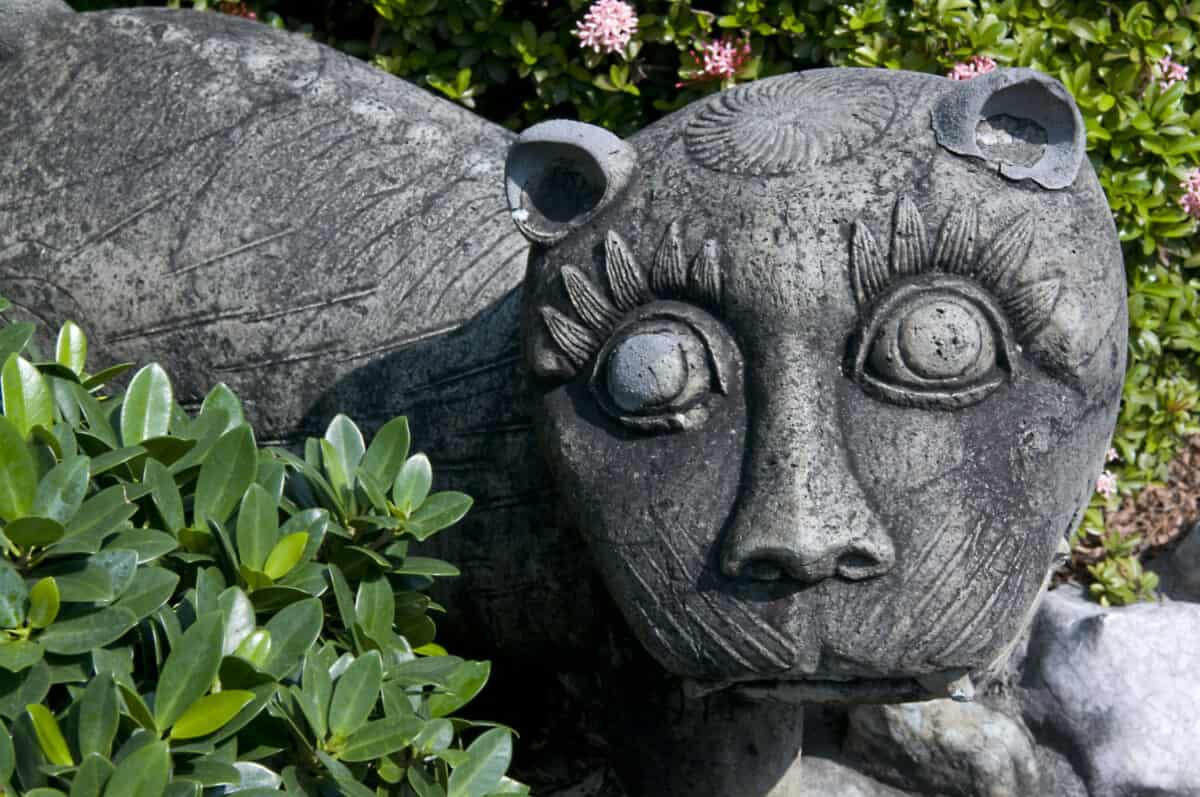
The Korat
This beautiful bluish-silver-grey cat is found in Thailand and has an interesting if somewhat curious belief surrounding it.
"In the villages in times of need for rain, there is a ceremony where a cat is put in a carrier which is tied to a pole, and the villagers go from door to door as they stop in front of a home. The owners come out and splash some water onto the cat which is supposed to encourage the rain to come and preferably a Korat is used because it is a cloud-colored cat."
Daphne Negus; one of the pioneers of the breed and one of the founders of the Korat Cat Fancy Association
It is also thought that drenching an animal that stays dry will help bring rain to drought-ridden fields.
The Korat is a very popular cat in Thailand. "They're very highly prized. If somebody gives you one it's a tribute. It signifies that they hold you in high regard" said Negus.
Another legend suggests giving a pair of Korats to a young couple getting married. This is said to ensure that they have silver in their lives, wealth, and happiness," said Negus. Reflecting the beautiful silver in the color of the cat.
The Sacred Cats Of Burma
The Birman is known as the Sacred Cat of Burma. The history of the Birman is found within a beautiful story according to Morris in Cat World.
"The legend of the Birman tells the story of the 100 pure white cats with yellow eyes who were the guardian of the sacred Temple at Lao-Tsun on the side of Mount Lugh in Burma before the time of Buddha. The high priest Mun-Ha had a favorite cat known as Sinh. One day they were sitting together in front of the idol when the temple was attacked by raiders from Siam. Elderly Mun-Ha suffered a heart attack as he prayed. Sinh reacted by placing his paws on the body of the dying priest. As he did so, he was facing the golden blue-eyed idol and in the moment of his master's death he was transformed, his eyes turning blue and his fur golden. Then the extremities of his body darkened to the color of the earth except for his paws which, where they were in contact with his master's snowy white hair, retained their original, pure white coloring. As these changes occurred, the soul of the dead priest passed into Sinh's body. Sinh never ate again and died a few days later, dutifully taking his master's soul to paradise."
Debating The Legend
Whether this legend actually comes from Burma is up for debate. "It would be very difficult I think to go to Burma and try to authenticate anything about that particular breed of cat," says Sue Brown.
However, Val Katos Birman Breeder and creator of the Sacred Cat of Burma website said she has "friends that have gone off to the near east. These friends have said there are cats that hang around the temples. They claim to have seen the (Birman) cats there, some with white feet." So we just don't know.
The Burmese: Guardians of Buddhist Temples
Another cat native to Burma is the Burmese, or Copper colored cat which was described in the Famous "Cat Book of Poems" from Thailand. According to Morris in Cat World, these cats were kept as sacred animals in Buddhist temples in Burma. This is where they were "pampered by the rich and holy. These revered cats were provided with personal servants in the form of student priests. These servants acted as guardians to ensure the safety of their charges. Additionally, were severely punished if they failed their duties."
Whether or not this really occurred we do know that cats are kept in Buddhist temples today in Burma.
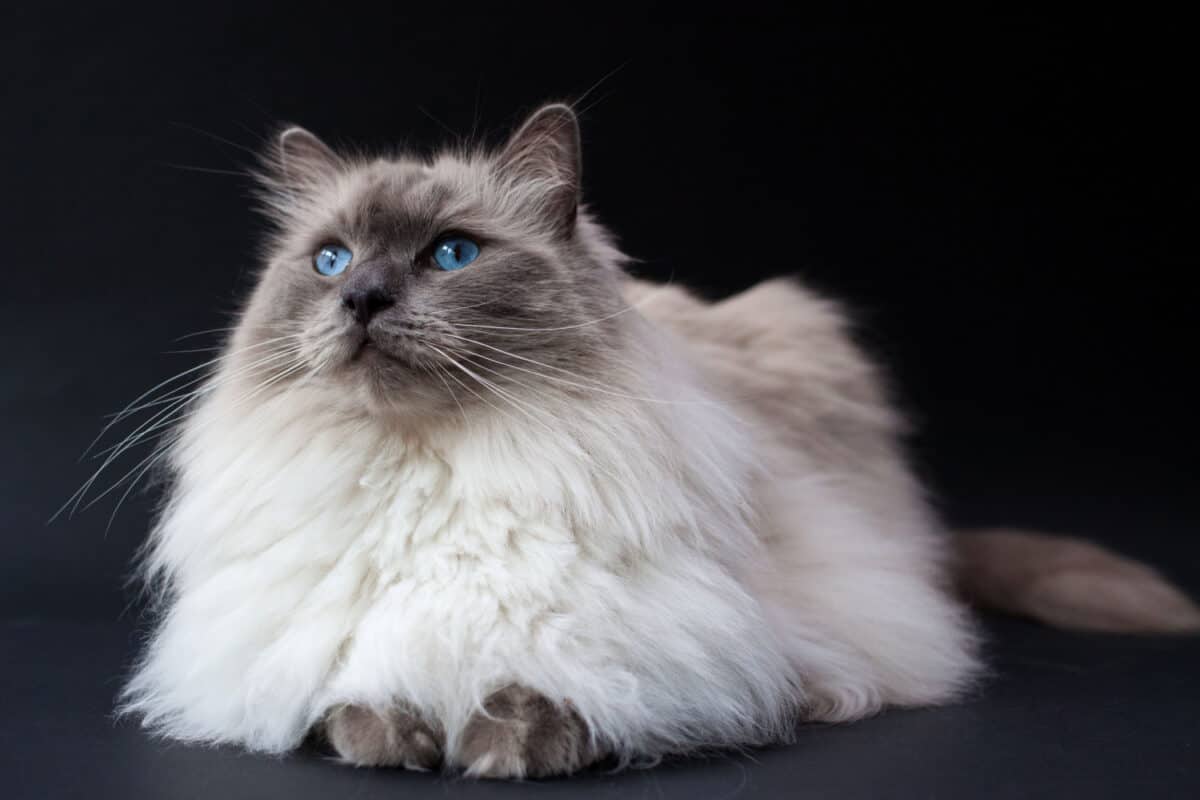
Maneki Neko in Japan
In Japan, cats have long played an important part in Japanese folklore and culture. "There is Japanese folklore belief that cats can be the possessors of other people's souls," said Dr. Ian Reader, Professor of Religious Studies at Lancaster University, England.
In Japanese folklore, a cat born with a special black mark on its back is a cat that holds the spirit of one's ancestors. The mark is supposed to resemble a women's Kimono and is called a Kimono cat. These cats were often taken to temples for protection.
The Legend of Maneki Neko
The most famous sacred cat in Japan is Maneki Neko- the Beckoning Cat, which is the Japanese Bobtail breed.
"The actual origins of Maneki Neko are a little bit unclear. There are actually 3 or 4 stories. They all seem to revolve around somewhere around the 17th century. Cats have been religious figures in Japan before this period," says Reader.
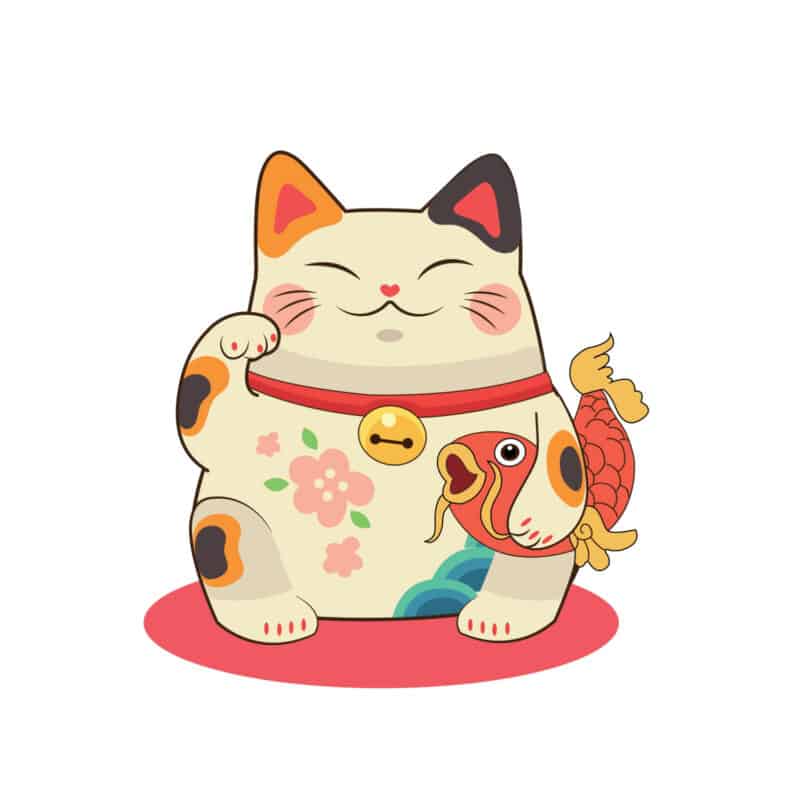
The Tale of Gotokigi
A reader recounts one of the best-known stories.
"At Gotokigi, now according to this story, it was a very run down temple the priest was a very kind old priest who looked after a number of cats, and one day he was supposed to have said to one of the cats it would be so good, I wish you could do something to help the temple because nobody's coming here. There was a storm going on and there was a great feudal lord riding past the temple at the time he looked up and saw this cat on the wall of the temple apparently beckoning to him and making a beckoning sign toward him he was intrigued by this and decided to follow the cat into the temple as he walked forward from the place he was standing a bolt of lightning flashed down and hit the ground where he had been standing and he attributed his salvation to the fact the cat had saved him by beckoning. So in response he goes into the temple and gives a great donation when he finds it is the priest's cat" says Reader.
The Connection with Kannon
This legend actually has connections with the Buddhist God of Compassion Kannon.
"The cat is possessed by the spirit Kannon, a great Buddhist figure of mercy and compassion. Kannon is very popular in Japan. It is said that Kannon saved the temple. If you go to that temple there is a Kannon statue in the shape of Maneki Neko," says Reader.
Cats as Guardians and Symbols of Good Fortune
Cats were kept in temples in Japan to guard against mice and rats. However, they played an even greater role in protecting the silkworm industry.
"The other place where it becomes quite well known is in silkworm farming which is very very important in Japan. The one thing you had to do if you were going to farm silkworms is keep a cat because the thing that gets in and kills the silkworm cocoons is rats and mice..(so) you get this phenomenon of the cat being venerated as a deity as a God" (because of the silkworm). says Reader. "At the silkworm harvest festival very often the cat in some villages would be venerated for the day as a God and given special foods and so on," says Reader.
For this reason "the cat becomes a popular symbol of good luck beckoning good fortune." continues Reader.
Reader believes that Maneki Neko is connected with the important role cats played in the Japanese silkworm industry.
Reader pointed out the economic themes surrounding Maneki Neko. The cat holds significance in the context of silkworms. People often place model cats and establish local cat shrines, where the cat serves as the protector of the silkworms.
Religious Significance and Cultural Impact
Cats played a significant role in both Shinto and Buddhist traditions. As protectors of the silkworms, cats were venerated as local gods in the Shinto context.
At the same time, legends of cats restoring temples to good fortune were also prevalent in Buddhist temples. The cat's importance in these religions further enhanced its status as a revered and auspicious figure.
From Ancient Times To Today - A Common Thread
Cats around the world and throughout time have been worshipped. Their worship stemmed from what they provided to humans or because of qualities they had that people greatly admired.
Contributions and Admiration
Cats have made important contributions to human society throughout history. They protected crops and families in ancient Egypt. They also preserved holy Buddhist Temple Scriptures in the Far East. Additionally, they played a crucial role in the Silk Worm Industry in Japan.
Cats have been admired for various reasons. One such reason is their sexuality and fertility in Egypt and Norway. Another is their beauty and grace in the Far East. And yet another is their rumored ability to bring rain during droughts in Thailand. The history of cats highlights their influence on art, literature, and religious practices.
Modern Worship of Cats
In many ways, the way we treat our cats today is a form of worship.
"Although they're not sacred in the full sense...we don't worship cats, but on the other hand, we worship cats with a small w we don't worship them with a capital W. We love our cats we worship them as beloved objects so what we do is we have our cats, we love our cats we treat them well we give them wonderful food we look after them we take them to the vet we do all the things that they need to have a long and happy life but we also over breed them a lot of them go stray, there are millions of stray cats starving in cities " says Morris.
The Significance of Cats Today
When we think of what our cats mean to us today we really shouldn't be embarrassed about how we feel about and treat our cats. Cats protected the ancient Egyptians from the ravages of rodents and the danger of snakes.
Today our cats protect us from the ravages of alienation and the danger of loneliness, and today we continue to admire our cats for their beauty, grace, and loving nature.
SIGN UP FOR THECATSITE'S EMAIL UPDATES >
Written by Brad Kollus (2011)
Brad Kollus is an award-winning Cat Writer specializing in the Feline-Human Bond. He lives with his wife Elizabeth, their son Dylan, and four cats, Scotty, Spanky, Lizzie, and Rosie in New Jersey.
Updated 2023
Additional Reading:
The Roman Cat Colony Of Torre Argentina
Siamese Cats: An All-Inclusive Guide
Comments? Leave them using the form below. Questions? Please use the cat forums for those!
Note: We may get commissions for purchases made through links on this page.

